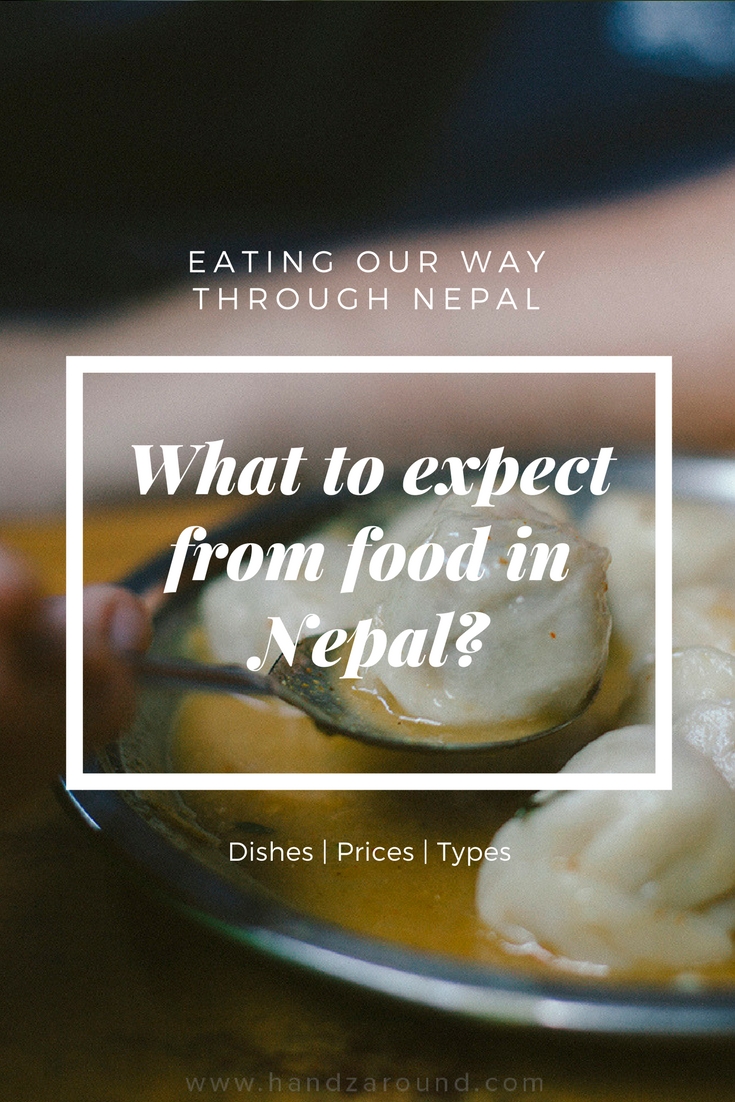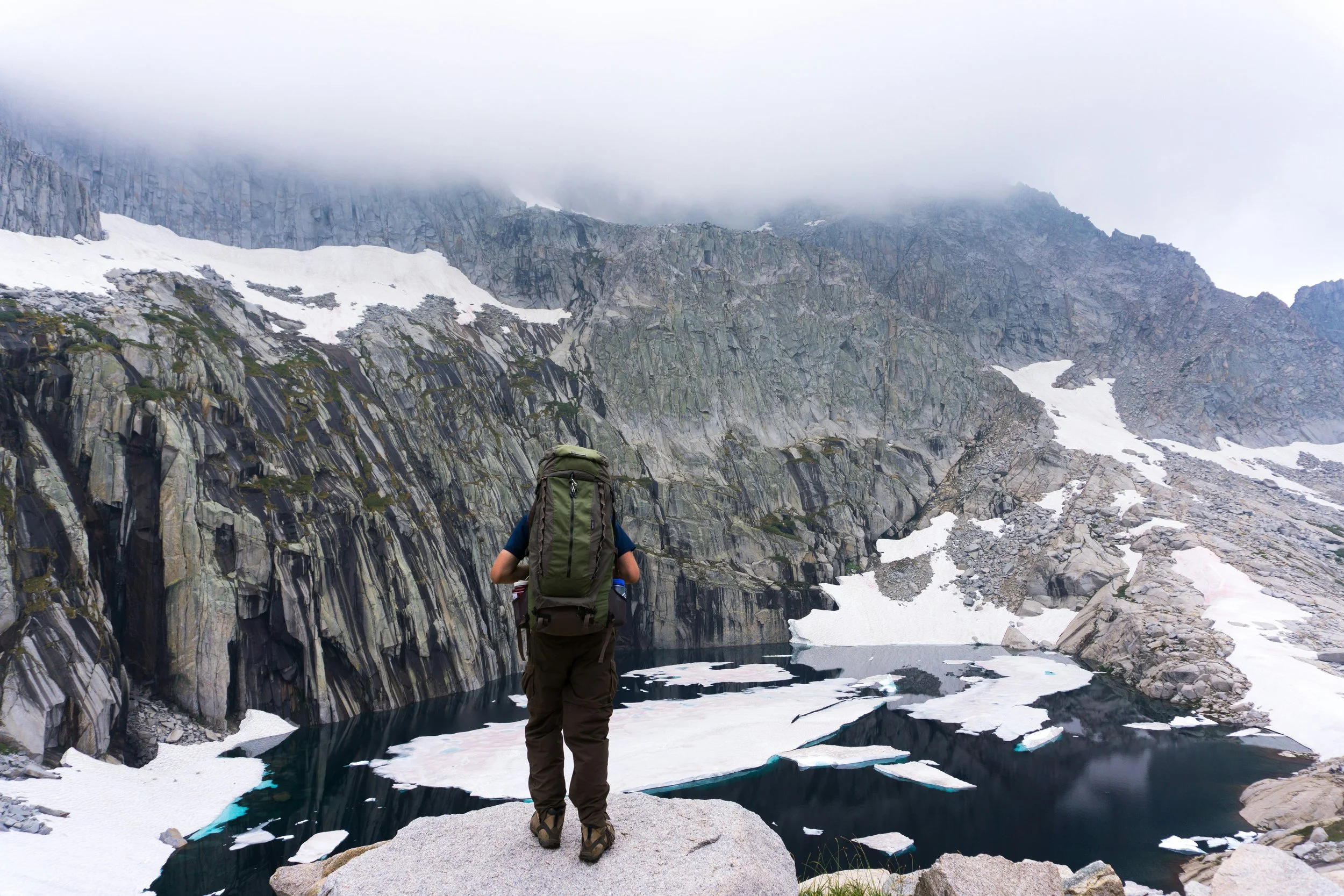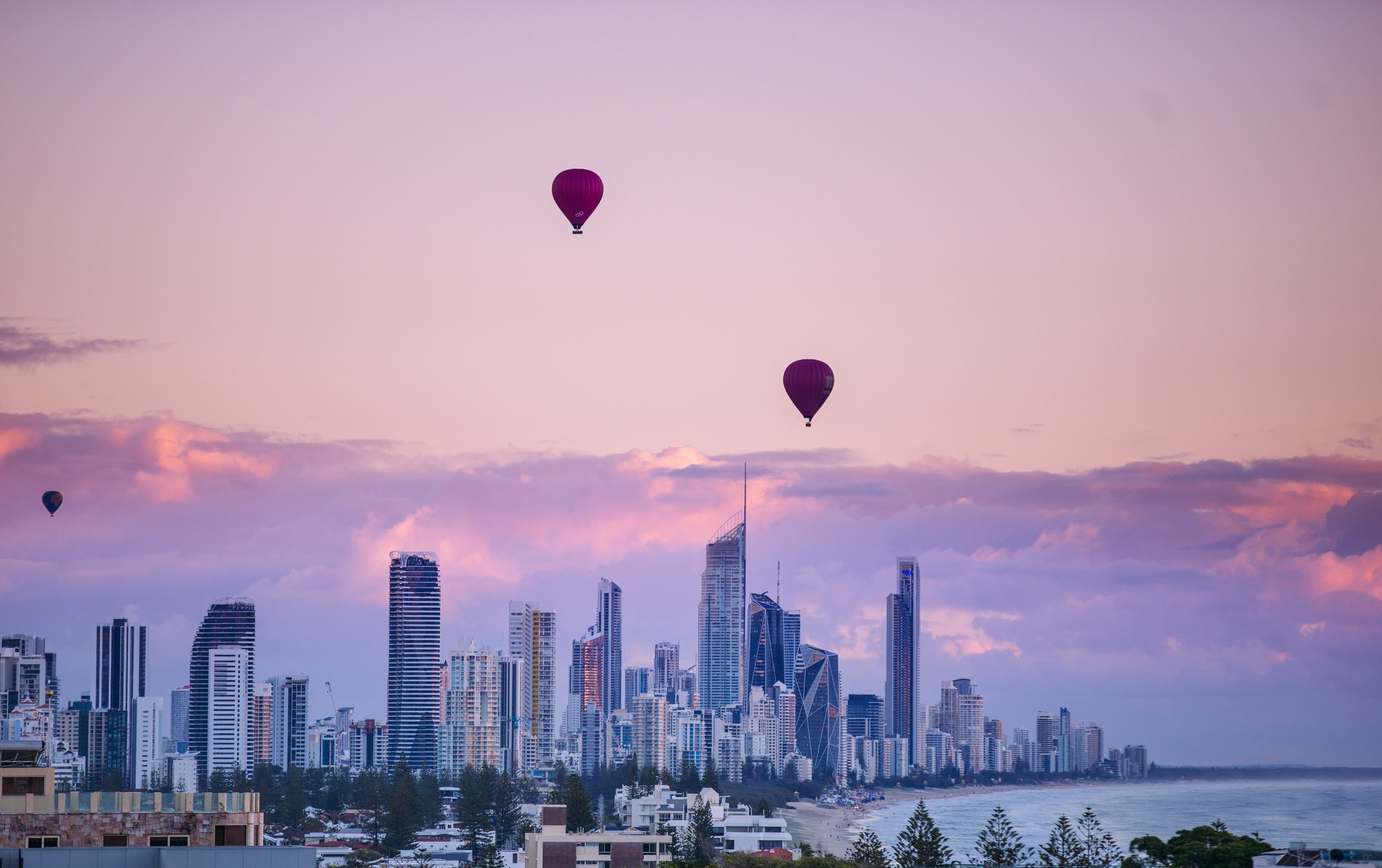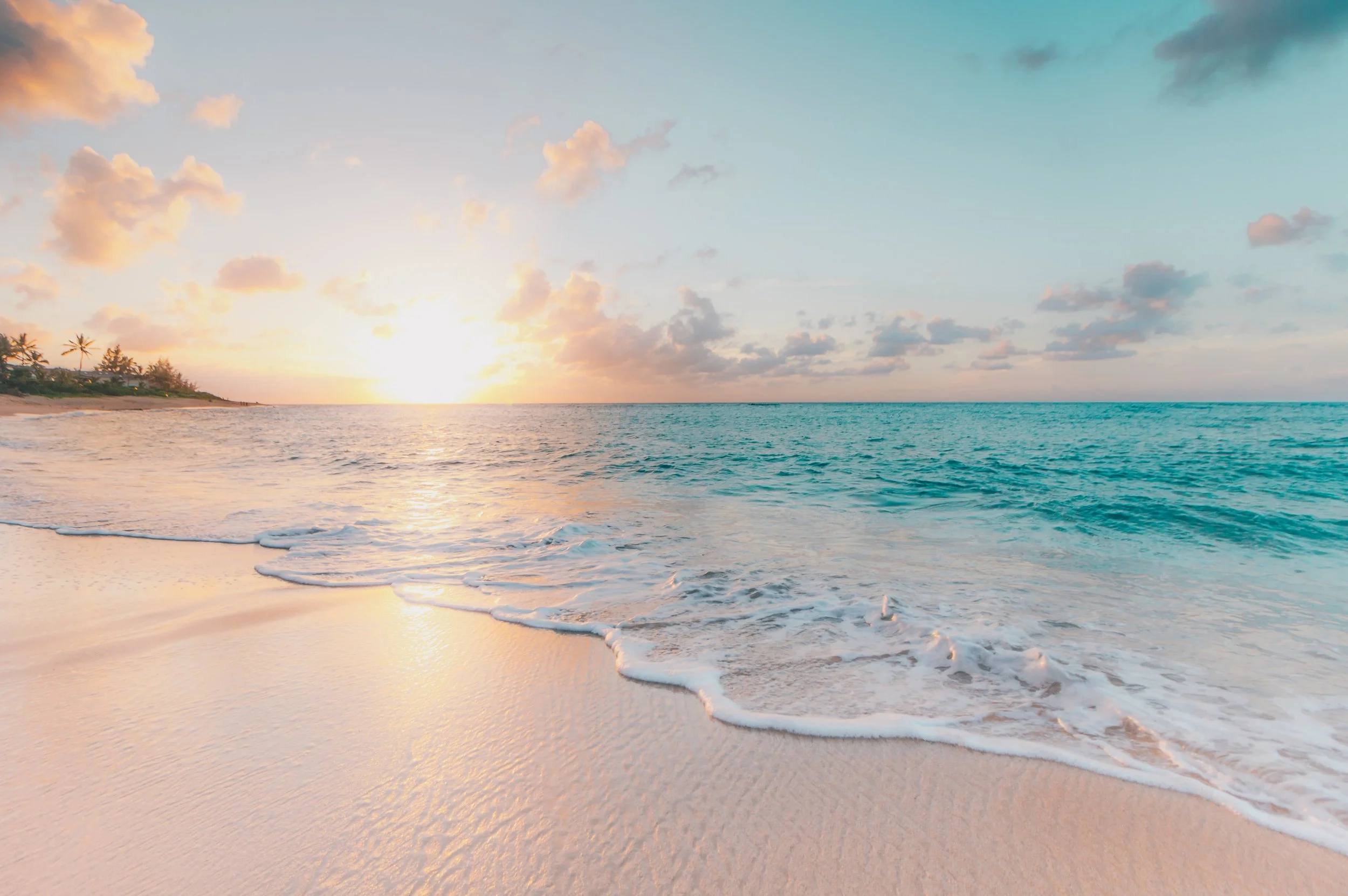For me, the best part of travelling is always the new food! It is so exciting to try something new, be surprised by a new flavour or even be disgusted by something completely unusual. And Nepal did not let me down. Hanna and I always make an effort to try local food at a range of different places. We love finding little local cafes and restaurants, and getting value for money. I always have in the back of my mind: If we can feed ourselves for about £10 in London, then surely wherever else we go in the world is going to be cheaper, and hopefully better.
The Nepalese Way
The Nepalese enjoy a range of different foods that share similarities with India and China - for obvious reasons. We spent a lot of our time in Nepal with a friend, who Hanna met over 10 years ago, and we were lucky enough to share a meal with him at his home. We learnt about the traditional Nepalese way of food and how they usually have their meals.
We got to know that Nepalese split their day up into two main meals and two smaller meals. Their day goes sort of like this:
7:30am - breakfast - tea and biscuits
10/11am - lunch - a big meal
3/4pm - snack
6pm - dinner - a big meal
Our friend told us that a lot of Nepalese people eat only a meal called dal bhat, and variations of it, for lunch and dinner. It is a mixture of rice, different curries and some sauces.
Nepalese usually eat meals with their hands only. This includes curries of all sort of consistency. They kind of pinch everything together and use it as a sponge to wipe their plates clean. When at home, they sit on the floor, or at really low tables to enjoy their meals. I could barely move my legs after sitting on the floor for so long.
There are communal water jugs at authentic Nepalese restaurants where the locals hold the jugs up high and pour the water directly into their open mouths. It was impressive to see the proficiency of some people. We even saw a man drink about a litre of water in under 10 seconds!
Our Favourites
Restaurants
We made a real effort to try as many different things as possible whilst in Nepal, and it was definitely worth it! We took a couple of snaps of our favourites and added them to a map. Check out their locations on the map above, and scroll over to see some pics we took whilst there. We would love to hear about it, if you have tried them as well.
Foods
Roti roll from Sakura Corner in Kathmandu
Paneer - When in Kathmandu we were staying in Patan. Our friend introduced us to the amazing new food (for us at least) of paneer! Pretty much...it is friggen awesome. It's like a soft cheese tofu that often replaces meat in dishes. We enjoyed it with different curries and rice. Price: max 200rs (£1.50).
Katti rolls with chicken, paneer and egg
Katti Rolls (also kati or kathi) - a little wrap made from an eggy bread. Comes in a variety of different meat or vegetarian options. Hanna's fav was chicken and paneer and I particularly liked the egg and paneer variety. Price: 150-250rs (£1-2).
Momos - definitely Hanna's favourite! Think dumplings/dim sim, but Nepalese. Usually they come on a plate of about 8 to 10, with some dipping sauces. They can be chicken, buffalo or vegetarian. The prices can vary drastically from place to place. Price: about 60-180rs (£0.40-£1.50).
Buff momos in a small bhati (bar) in Bhaktapur
Chicken momos
Vegetarian momos
Thukpa - this is a noodle soup. I went for this option a few times as it was always quite cheap, boiling hot which means no illness afterwards, and they were pretty damn delicious too!
Price: usually around 200rs (£1.50).
Thukpa noodles
Dal Bhat
Dal Bhat - probably the most traditional Nepalese meal that we came across. It consists of dal (lentil soup that you pour over the rice), bhat (boiled rice) and 3-5 different sides. The sides can be anything from achar (pickle), tarkari (vegetable curry) or chicken curry. This is a great dish if you are hungry, as you can ask for as much rice as you like! Price: about 300rs (£2.20).
Milk tea
Milk Tea - super popular throughout Nepal. Almost always the cheapest thing on any menu and always super tasty. It is just a sweet, milk chai. They use whole unpasteurised milk so it has a distinctive taste that is hard to get back home. Price: about 20-50rs (£0.15-£0.40).
Sweets - we tried a few different sweets. Some were awful, and some were great. They usually come with a silver foil looking wrap around them - don't worry you can eat the silver stuff, it’s even supposed to be good for you. Hanna scrubbed it off the first time she got the sweets in her hands and was really annoyed and thought the foil wasn’t practical at all...haha! Some of the best sweets we had were sel roti, dry rasbhari, khowa mewa bati and khowa Cadbury. Another characteristic dessert was yummy yoghurt, we ate it in Bhaktapur where it's called Juju Dhau ('King of all Yoghurt'). Price: For 200rs you can get more sweets than two of you can eat and still feel human afterwards.
Juju Dhau ('King of all Yoghurt')
Dry rasbhari, khowa mewa bati and khowa Cadbury
Buff vs Beef - as Nepal sees the cow as a holy animal, we could not find any beef in any menu throughout our time there. Instead, you will find ‘buff’ (buffalo) on the menu in replacement of beef. It is very similar and in some cases, was probably tastier than if it were beef.
Prices
Sakura Corner in Kathmandu
We found that the price ranges of food varied drastically as we were exploring Kathmandu and Pokhara. Kathmandu was generally cheaper, however Thamel was way more expensive than anywhere else in the capital. Although the differences in price may be something like 80p, it is frustrating when you eat something that costs 200rs and then 2 minutes down the road it’s only 80rs. We found that we could comfortably feed ourselves for under 600rs (£4.40) for both of us per meal.
Food Preparation
The friendly owner & amazing cook of Sakura Corner in Kathmandu
Another interesting thing about Nepalese cafes and restaurants, is that the majority of your food is made from scratch when you order it (well in places where the food was good). This means you will be waiting around 30mins for your food. We often ordered a naan bread as a starter to eat whilst waiting for our meals.
What We Avoided
We made the mistake once of going to a place that sold western food. Two things - the western food looks like rubbish, and tastes nothing like you were hoping for, if you were going for a taste of home, and secondly, the Nepalese food they offer usually is stupidly overpriced and tastes nothing like it should. After eating at one western restaurant, we were sure that it was going to be the meal that turned out stomached inside out! (Luckily it didn't.)
Alcohol was a lot more expensive than we predicted. The average price of a beer was anywhere from 250 to 500 rupees!!! Considering a can of fosters from the off license in the UK is approx. 130 rupees, we decided to give drinking a miss whilst in Nepal (our livers are very grateful too).
Overall, the food in Nepal was very, very good. I was expecting to find more street food, but the little bars (bhati) were the way to go. The people within them were always so friendly and made sure that you had a great experience.
We found everything we ate to agree with our stomachs and nothing out of the ordinary happened to us. We really just used our common sense when choosing places to eat. If there were locals eating somewhere and the food was freshly prepared, we took those as good signs.
Along with everything else, the food is another reason why I'll be going back to Nepal one day!














































